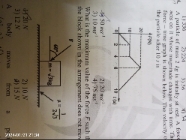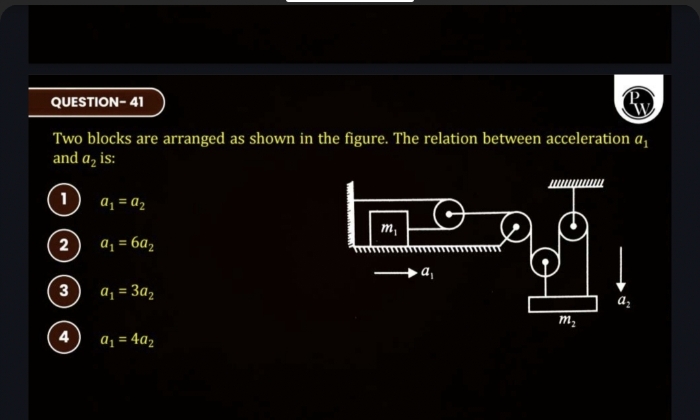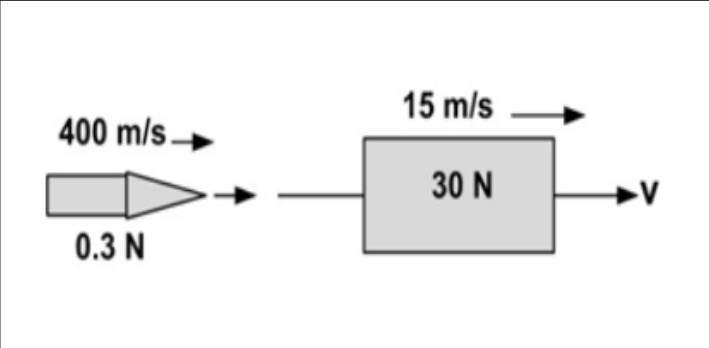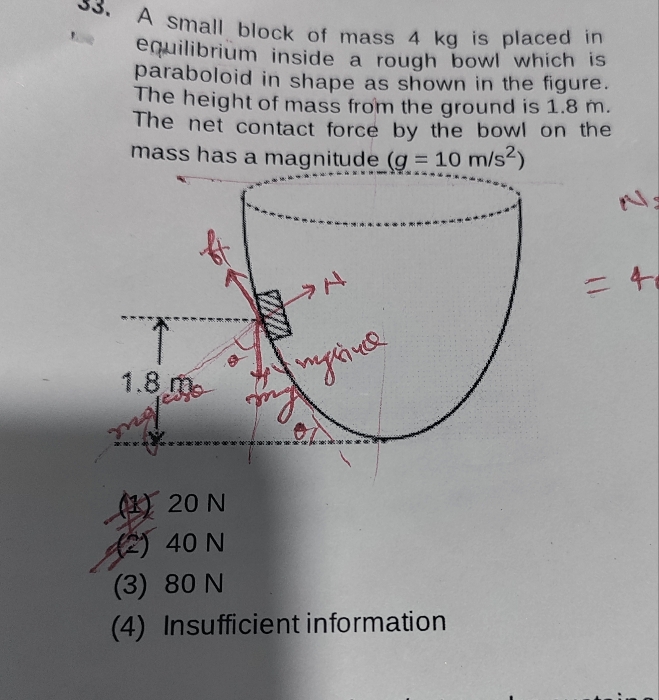JEE Class main Answered
A particle started moving in a straight line.Its acceleration at time t seconds is given by a=(-5t^(2)+5)m/s^(2) t>=0 .Find the time for its maximum velocity and maximum velocity of the particle v(max)?
Asked by sharadkumar12055 | 24 May, 2021, 04:07: PM
acceleration a =  = -5t2 + 5 ...................(1)
= -5t2 + 5 ...................(1)
 = -5t2 + 5 ...................(1)
= -5t2 + 5 ...................(1)maximum time t is determined by equating eqn.(1) to zero and solve for time t
-5t2 + 5 = 0
from above expression , we get , tmax = 1 s
Velocity as a function of time t is determined by integrating eqn.(1)

v(t) = -(5/3) t3 + 5 t
vmax is determined by substituting t =1 in above equation
vmax = -(5/3) + 5 = ( 10/3 ) m/s
Answered by Thiyagarajan K | 24 May, 2021, 05:04: PM
JEE main - Physics
Asked by Machinenineha | 27 Mar, 2024, 05:28: PM
JEE main - Physics
Asked by tripathiji9876good | 10 Jan, 2024, 04:22: PM
JEE main - Physics
Asked by meenu0000156 | 05 Jan, 2024, 12:05: PM
JEE main - Physics
Asked by joanmaria916 | 17 Jul, 2023, 11:24: AM
JEE main - Physics
Asked by theavengers0203 | 22 May, 2023, 11:54: PM
JEE main - Physics
Asked by khushpatel9579 | 16 Feb, 2023, 07:50: PM
JEE main - Physics
Asked by yadavashishkryadav | 13 Jan, 2023, 08:38: AM






